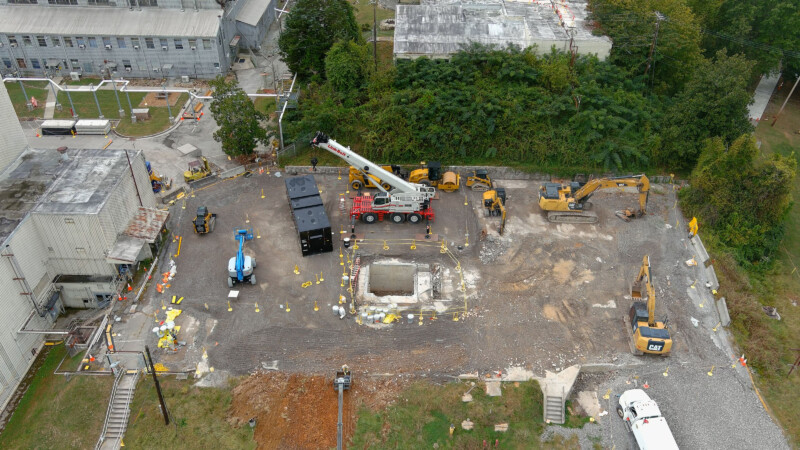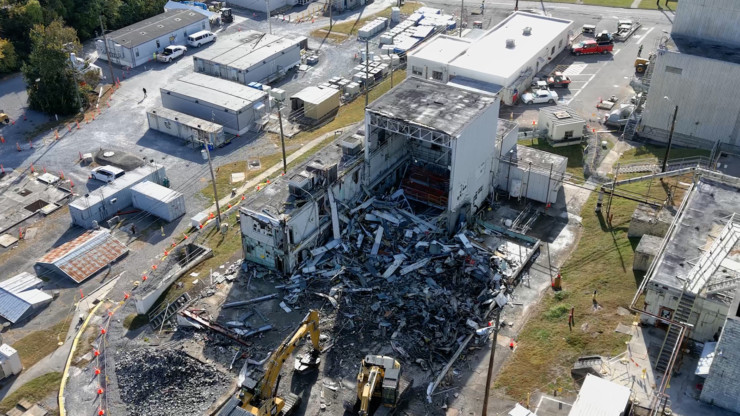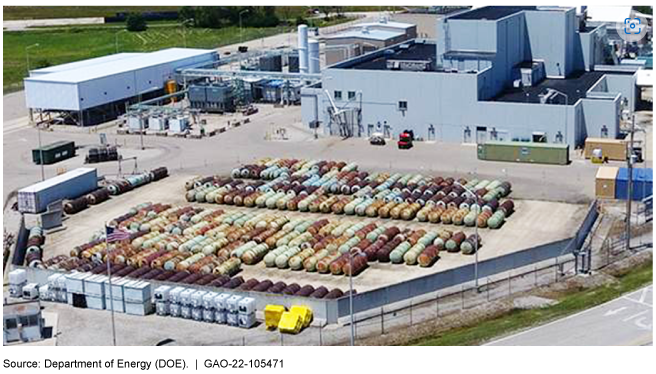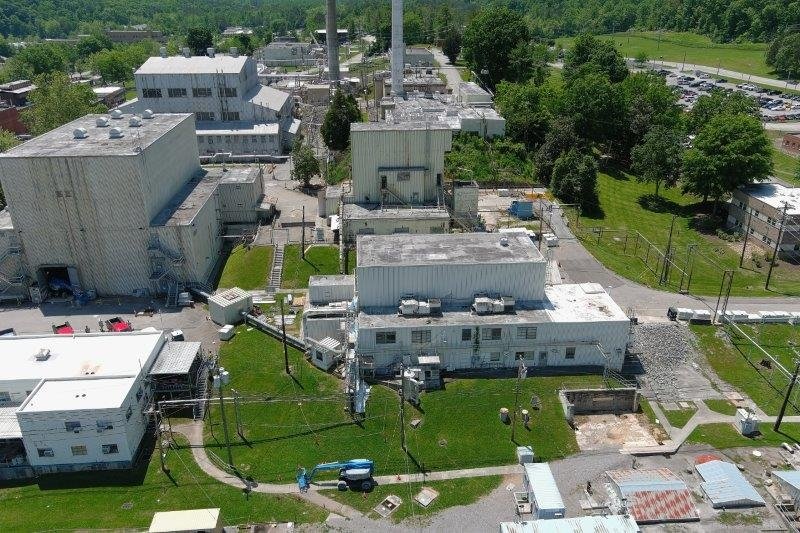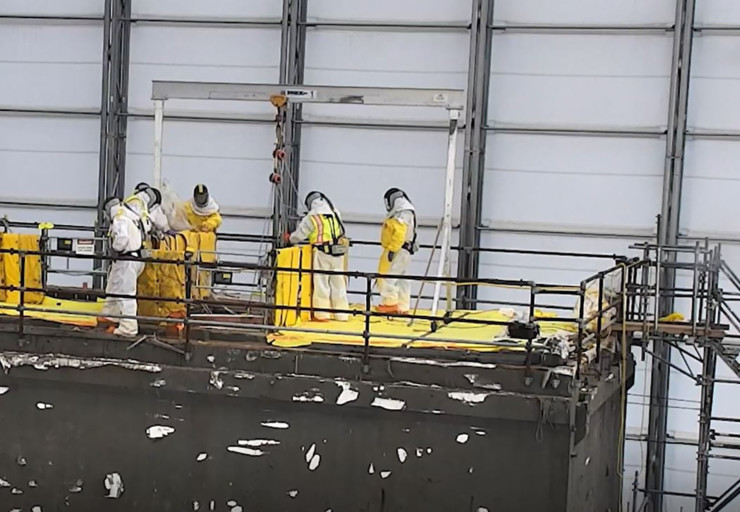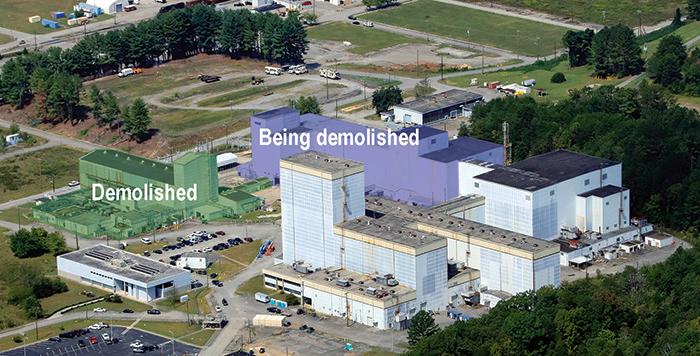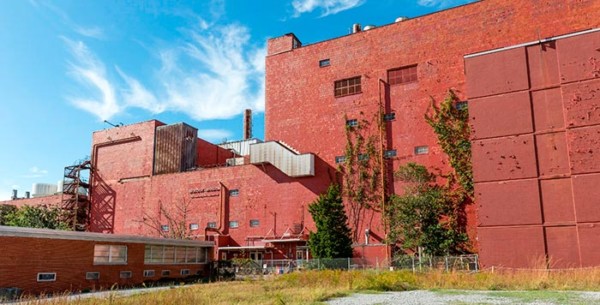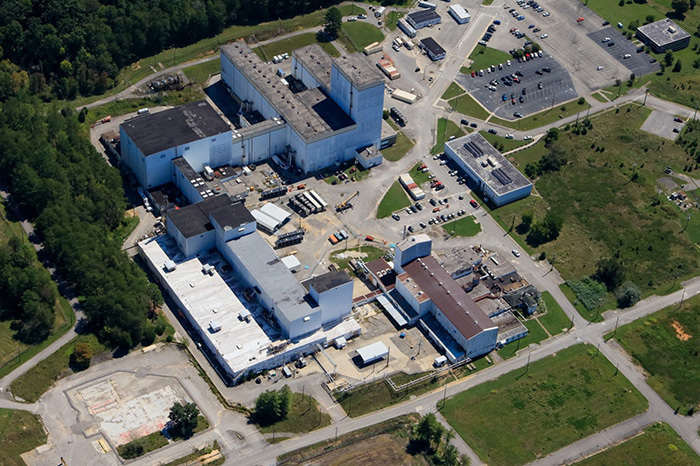
From U.S. Department of Energy “EM Update” email newsletter
U.S. Department of Energy Office of Environmental Management crews at Oak Ridge are moving closer toward completing the first-ever demolition of a former uranium enrichment facility at the Y-12 National Security Complex as crews reroute utilities around the structure.
Workers are slated to begin demolition on the Alpha-2 building this fall. Initiating teardown of the facility is an EM priority for 2024.
The 325,000-square-foot Manhattan Project-era facility is one of nine uranium enrichment process buildings constructed at Y-12. Its removal by the Oak Ridge Office of Environmental Management (OREM) and contractor UCOR will eliminate a high-risk excess contaminated facility, enable modernization, and clear land to support national security missions.
[Read more…]
